Pests and Diseases of Peonies: [Detection, Causes and Solutions]
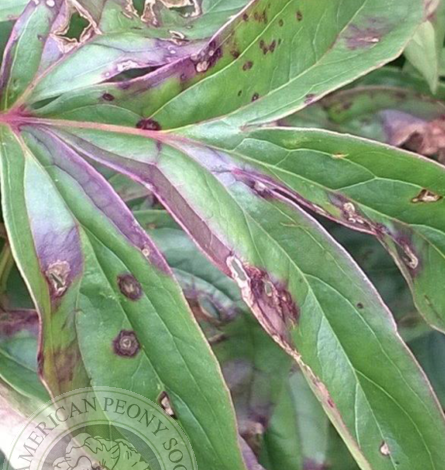
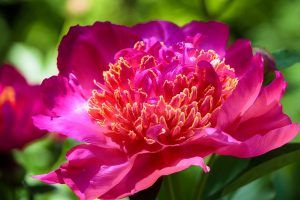 Peonies are considered a group of shrub-like plants that are characterized by offering a beautiful bloom during spring.
Peonies are considered a group of shrub-like plants that are characterized by offering a beautiful bloom during spring.
The petals of its flowers border a center in an exceptional way, which gives them a high level of elegance and delicacy.
Thanks to these outstanding characteristics, they are one of the favorite species for decoration, even for the creation of bridal bouquets.
They prefer temperate climates , but they are not very demanding about their care and are even very resistant to attack by pests and diseases.In any case, if an agent dares to harm them, it is best to be prepared with all the information that the case merits.
botrytis
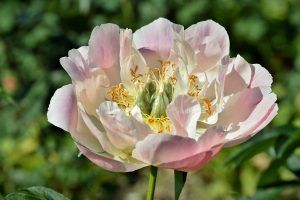 Botrytis is a common disease in many types of crops and in peonies its tendency is oriented to all parts of the plant.
Botrytis is a common disease in many types of crops and in peonies its tendency is oriented to all parts of the plant.
In some cases it is known as gray rot because it generates a progressive rotting of the plant, first affecting the youngest shoots .
Later, a gray layer is generated that can be seen dotted with black dots, thus causing the affected part to fall.
It is possible that it attacks in dry or high humidity climates, making the plant ugly and the buds do not flower properly.
When there has already been a flowering process, what happens is that the flower petals turn brown and then dry.The biggest problem is that it is a disease that attacks very quickly and causes a considerable amount of damage.
The preventive application of natural fungicides will help prevent it from occurring, as well as controlling the humidity levels in the environment.
Another important point is to make sure that the fertilizations are not occupied with a high level of nitrogen because it is also a condition that helps its appearance.
root rot
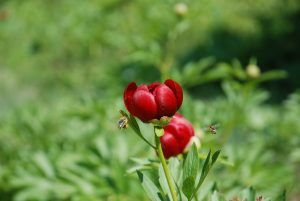 It is another disease capable of ending the useful life of peonies and that originates from a wide variety of fungi.
It is another disease capable of ending the useful life of peonies and that originates from a wide variety of fungi.
Its effects are beginning to be noticed because flowering is significantly reduced , since the negative effects are oriented towards the base of the plant: the root.
What happens, basically, is that the roots tend to lose their firm texture to soften , giving way to rot and subsequent death.Of course, this is a disease that is generated from the ground, where the rhizomes are infected.
Hence, it is so important to apply disinfections in the areas to be used for planting and always advance with healthy species.If a plant affected by root rot is dug up from the ground, one of the effects that is noticeable to the naked eye is the appearance of a spot at the base.
This can be white, pink or gray and has its origin in the fungus itself, thus projecting the spores and the mycelium.It is also important to note that an infected plant cannot be used, under any circumstances, for multiplication.
thrips
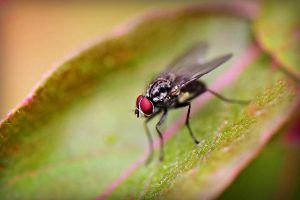 Thrips could attack peonies more frequently but they will not cause major problems if they are detected in time.
Thrips could attack peonies more frequently but they will not cause major problems if they are detected in time.
The most complicated problem with thrips is that they are tiny pests that are barely noticeable to the human eye.
However, when there is a large quantity, it is possible to notice them because they are black and create a small stain on the structure.The damage is produced mainly on the leaf since they are responsible for absorbing the sap that flows through them.
As a result of this, the plants begin to suffer a general weakening that becomes more noticeable as the number of thrips increases.
The good news is that it has a solution and applying an infusion of yarrow or dandelion could be effectively controlled.
aphids
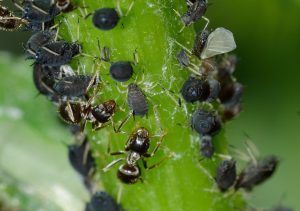 Aphids are also capable of causing damage to peonies and the main sign that something is wrong is leaf curl .
Aphids are also capable of causing damage to peonies and the main sign that something is wrong is leaf curl .
These insects feed on the sap of the plant , as occurs in the case of thrips, but they are green.
In addition, it is very difficult to see them because they do not have any contrast with the leaf and use the curl of the leaf as a hiding place.The most common is to find them in the highest part of the bush, locating them with the help of a magnifying glass, for example.
The consumption of plant sap tends to cause the plant to lose its characteristic energy and this results in its withering.If the number of aphids causing the damage is small, cleaning the leaves manually is a solution.
If this is not the case, it is best to resort to the support of plant extracts, such as neem oil.
septoria
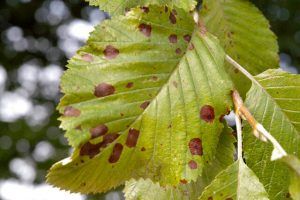 It is a fungal disease that causes brown spots on the leaves and stems of the peony plant.
It is a fungal disease that causes brown spots on the leaves and stems of the peony plant.
These spots are usually round in shape, although in some cases they may also appear elongated.
One of the determining characteristics to recognize that it is this disease and not another with similar symptoms is that borders are produced that vary between purple and yellow.
Time later, these edges turn gray and the sheet is consumed.With this process, the leaves can fall quickly or remain attached to the stem for a long period.
Another important detail to note is that it is a disease that takes the plant from the lower to the upper leaves.It is worth noting that its harmful effects not only correspond to the spring season, but it is also capable of affecting the plant during the winter.
As if that were not enough, its negative effects are able to be noticed in the low flowering of the following year.To treat it, it is necessary to apply fungicides approved for this type of fungus that can reduce its attack capacity.
A peony plantation will generally stay healthy when the environmental conditions are right.That is why it is so important to take care of every last detail.

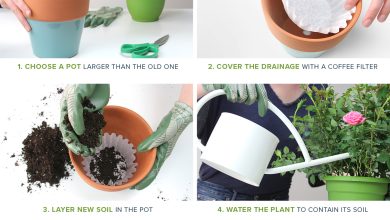
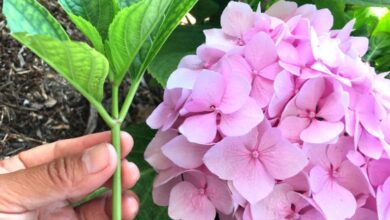
![Photo of Weevil: [Characteristics, Detection, Effects and Treatment]](https://www.complete-gardening.com/wp-content/uploads/2021/06/Que-es-el-picudo-390x220.jpg)
![Photo of Canna Indica: [Planting, Care, Irrigation, Substrate and Pests]](https://www.complete-gardening.com/wp-content/uploads/2022/08/canna-indica-planting-care-irrigation-substrate-and-pests-390x220.jpg)